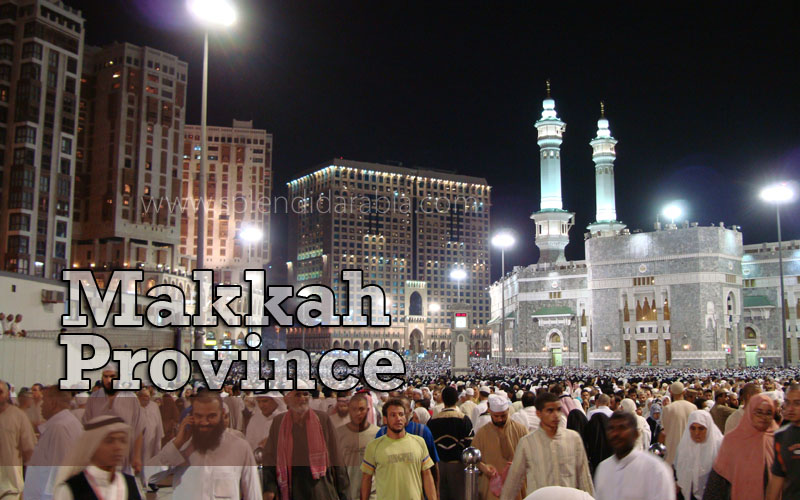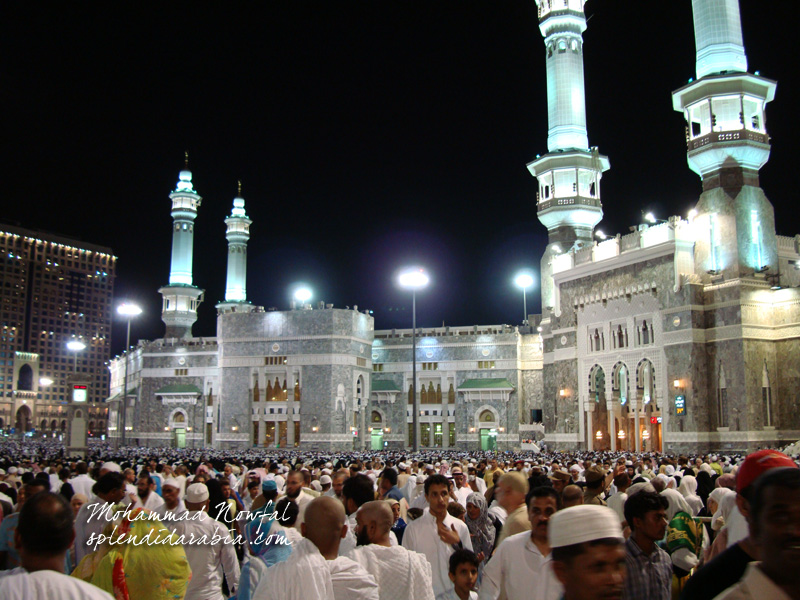Let this travel be a dive into Saudi Arabia’s geological past. A few hundred years back in time which is a relatively recent geological past when volcanic eruptions caused a massive hole in the ground. This crater named Wa’bah spilled out molten lava that flowed a few kilometers from the crater.
Wa’bah crater is one of the most dramatic locations in Saudi Arabia. Around 255 km northeast of Taif and 714 km west of Riyadh, it serves as a perfect place for camping, trekking and hiking in addition to its visual impact. The crater is 3 km wide and 250 meters deep with a saltpan at the bottom center of the crater.
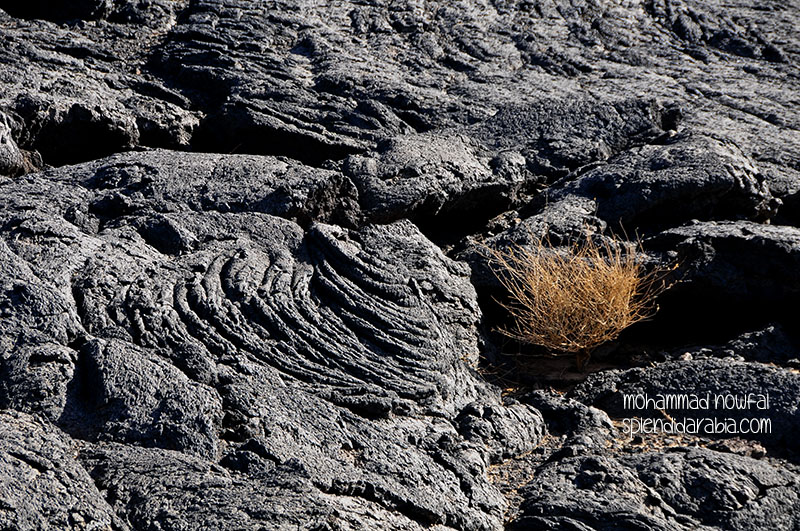

Lava flow detail north of the crater
Saudi Arabia is world’s one of the major volcanic regions that began 30 million years back when Africa split from Arabian subcontinent that resulted in the formation of Red Sea. These volcanic activity continued until modern times. The latest recorded volcanic activity in Saudi Arabia was said to be happened in 1256 AD.
Driving through the provinces of Makkah, Madinah and Tabuk, you will come across vast lava fields of massive lava flows and black harsh terrains. Trekking the off roads, volcanic cones of different shapes and sizes could be found.
The individual lava fields in Arabia are known as ‘Harrats’ and this area is part of Harrat Al Kishb.
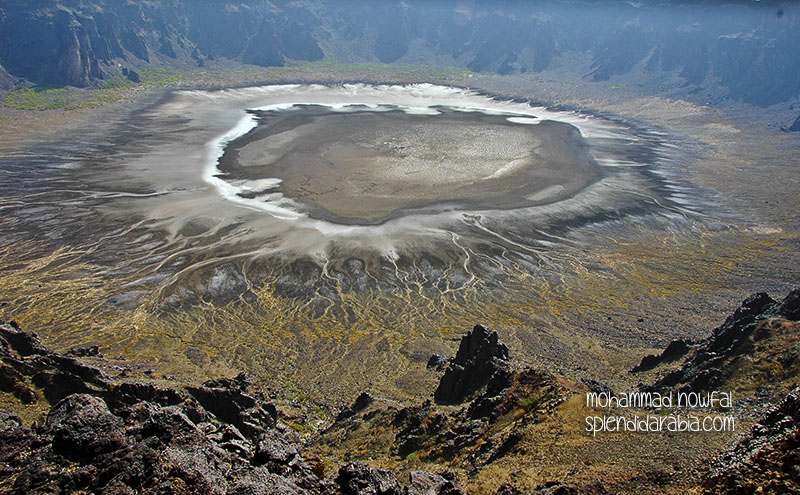

The salt pan at the bottom of the crater
The white substance at the bottom of the crater is sodium phosphate crystals. A few years back the center had been completely white which is slightly going off by the course of time, it seems. A recent visit again to the crater showed drastic changes in the salt pan at the bottom.
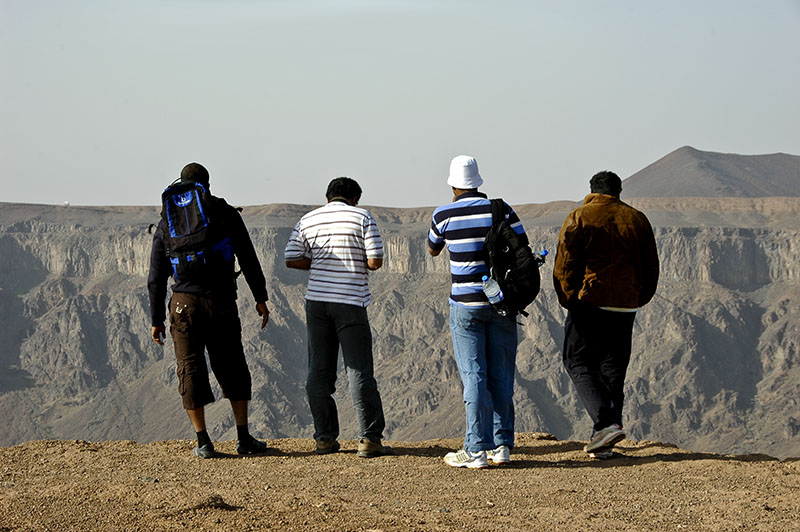

On the brim
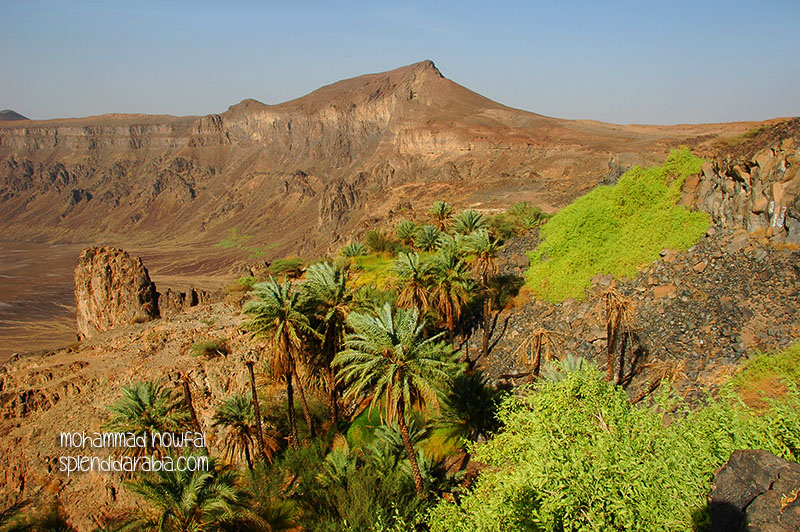

An oasis on the northeast of the crater has date palm, acacia trees and grasses with lush green growth. This is just below the brim of the crater through which you can go down to the bottom with careful steps.
A natural spring in this area keeps it lush green and it is quite interesting to see a small well with plenty of water close to its rim.
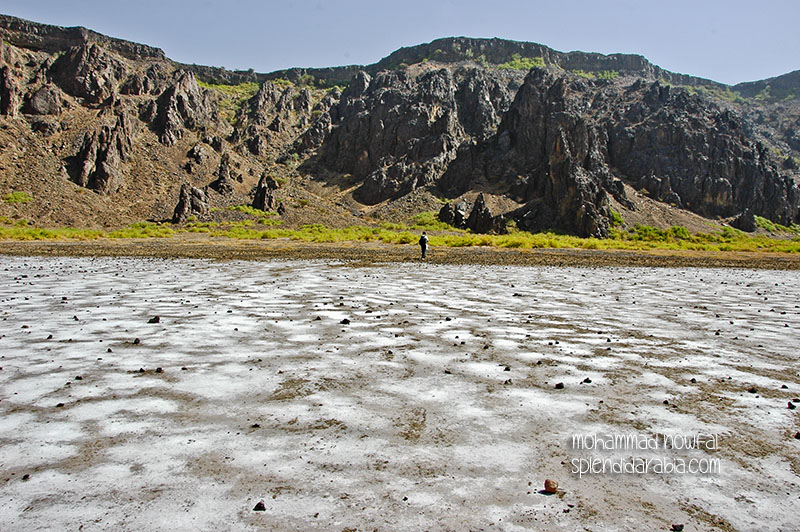

At the bottom
The crater has steep cliffs all around. A paved path has been erected for an easy climb and it takes approximately half an hour to reach the bottom of the crater. So, climbing up will be a little bit more tiresome and requires more energy. Carry water bottles in your backpacks.
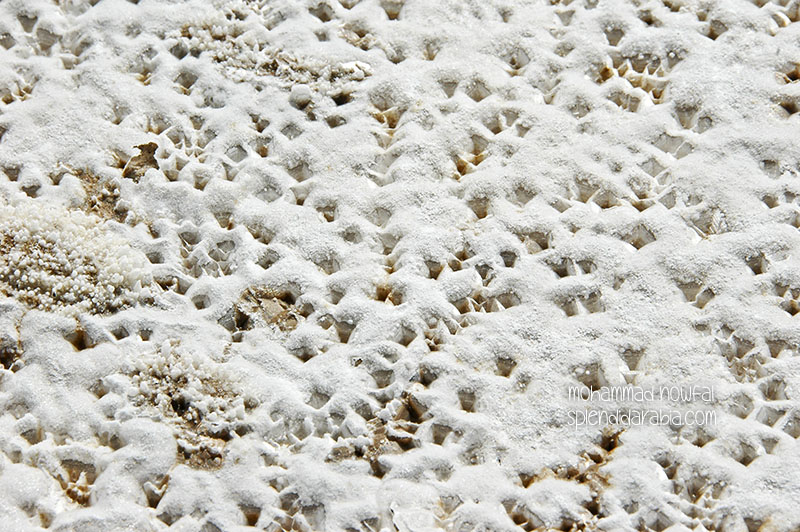

Sodium phosphate crystals at the bottom. A walk on saltpan is like walking on cornflakes. You feel the crisp smashing of the chips under your feet.


Glittering pieces of black obsidian.
Obsidian is a volcanic glass that is hard but liable to break easily. These are commonly found on the brims of volcanic craters and so, at Wa’bah Crater, a search for black obsidian could be an interesting activity for you.
These are little shining pieces and can be easily noticed at the ground while facing the sun. This piece is just a centimeter in size. Obsidian was used in the past to make tools as it fractures with very sharp edges.
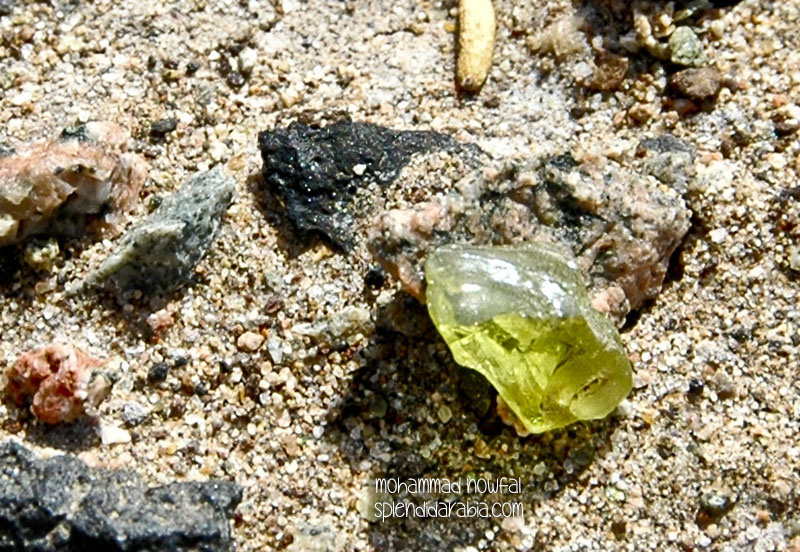

Green peridots
This is a gemstone that is formed in volcanic action and can be seen on the brim of the Wa’bah crater. It has an olive green color.
Wa’bah Crater needs to be preserved and kept clean to give way to more visitors. If each visitor considers its importance as a geological heritage and keeps it clean without waste disposals, Wa’bah will attract more as a perfect location for eco-tourism.

